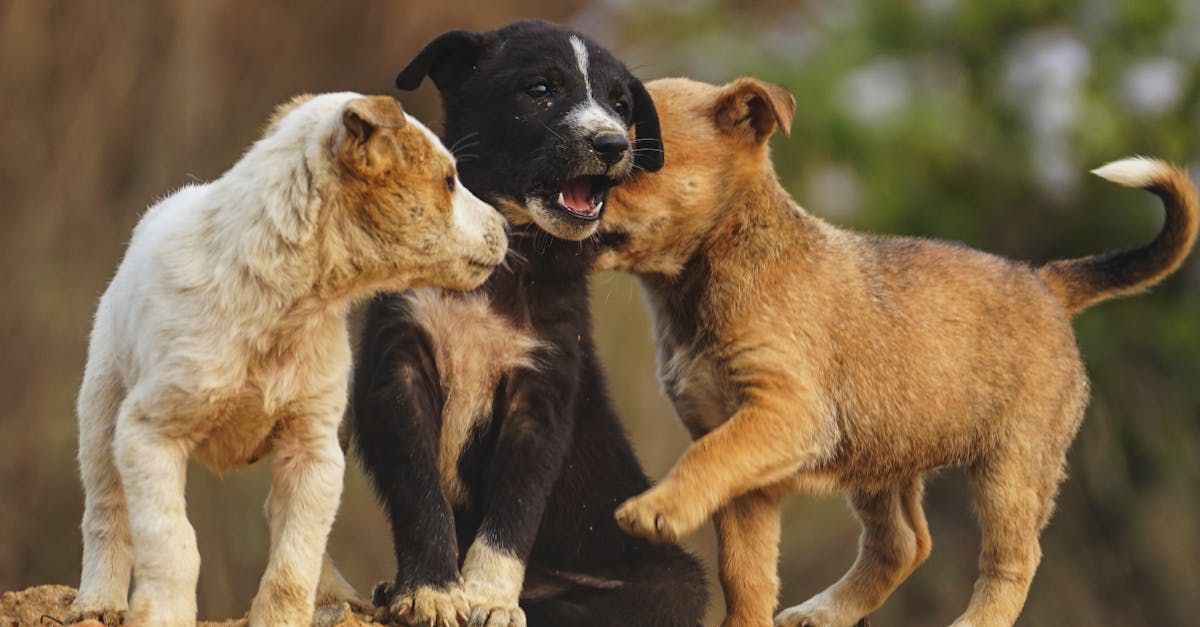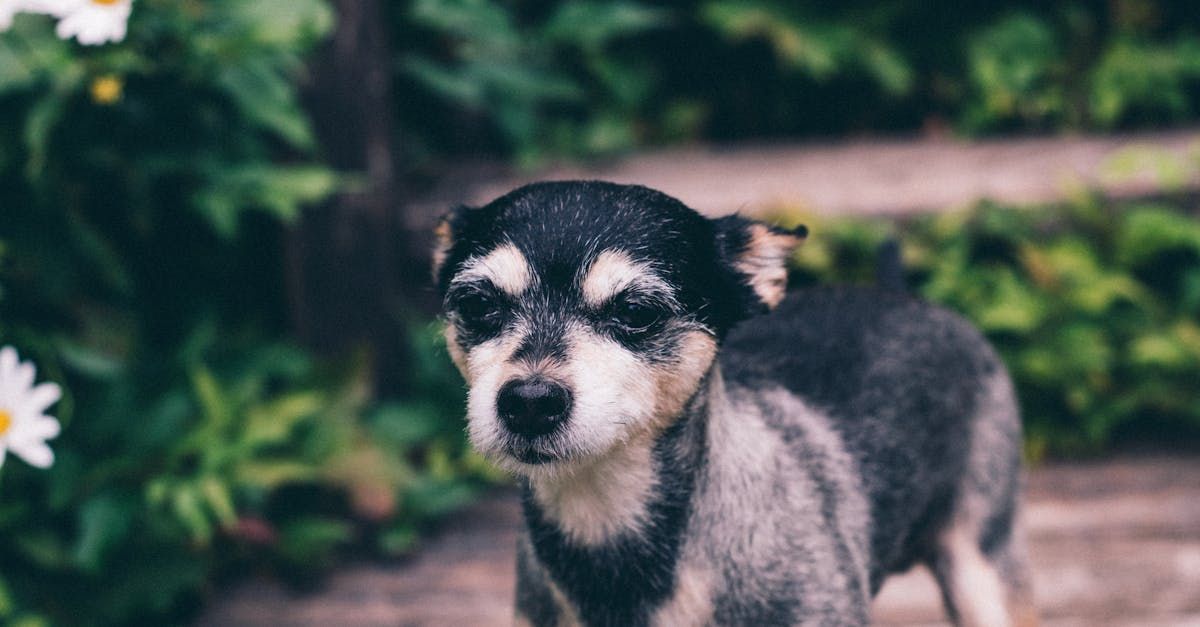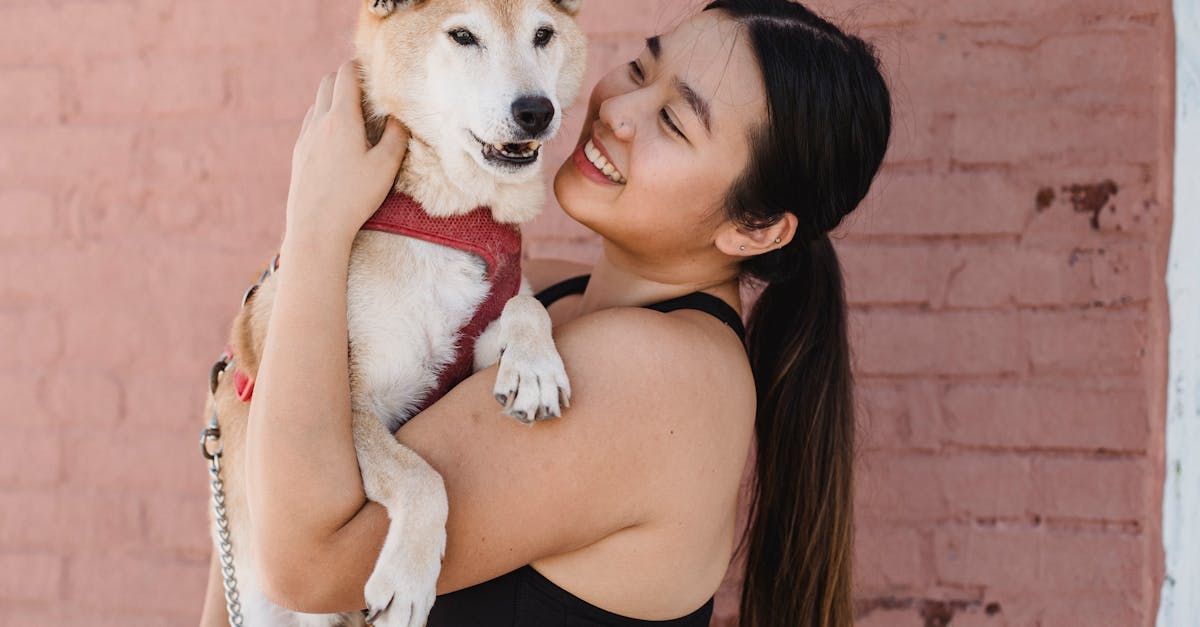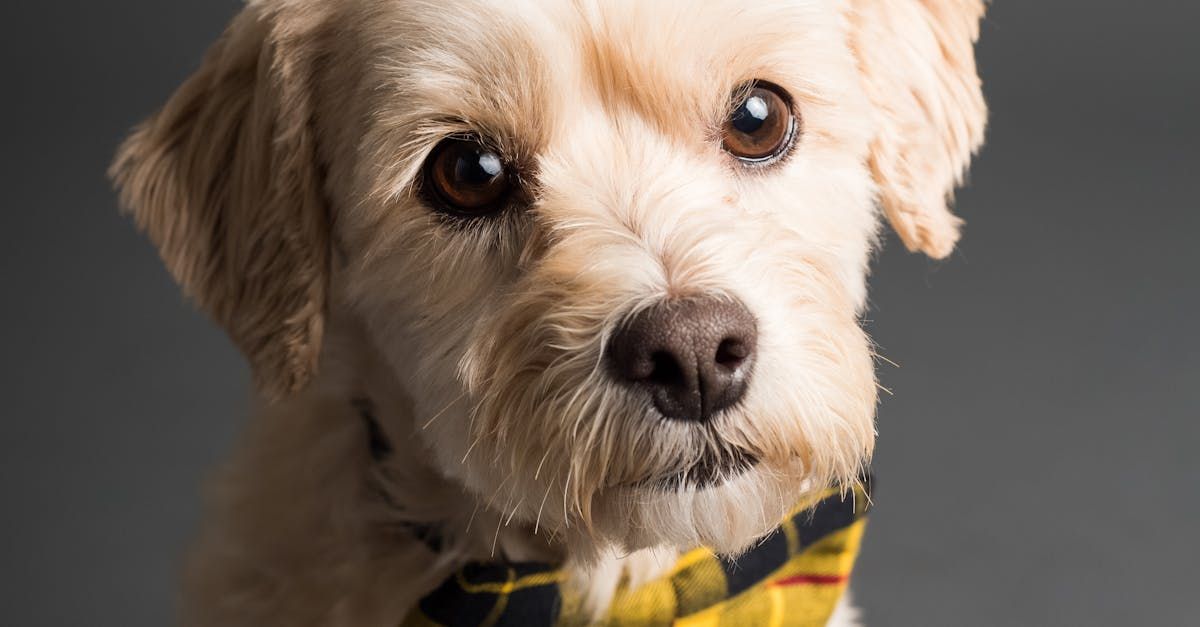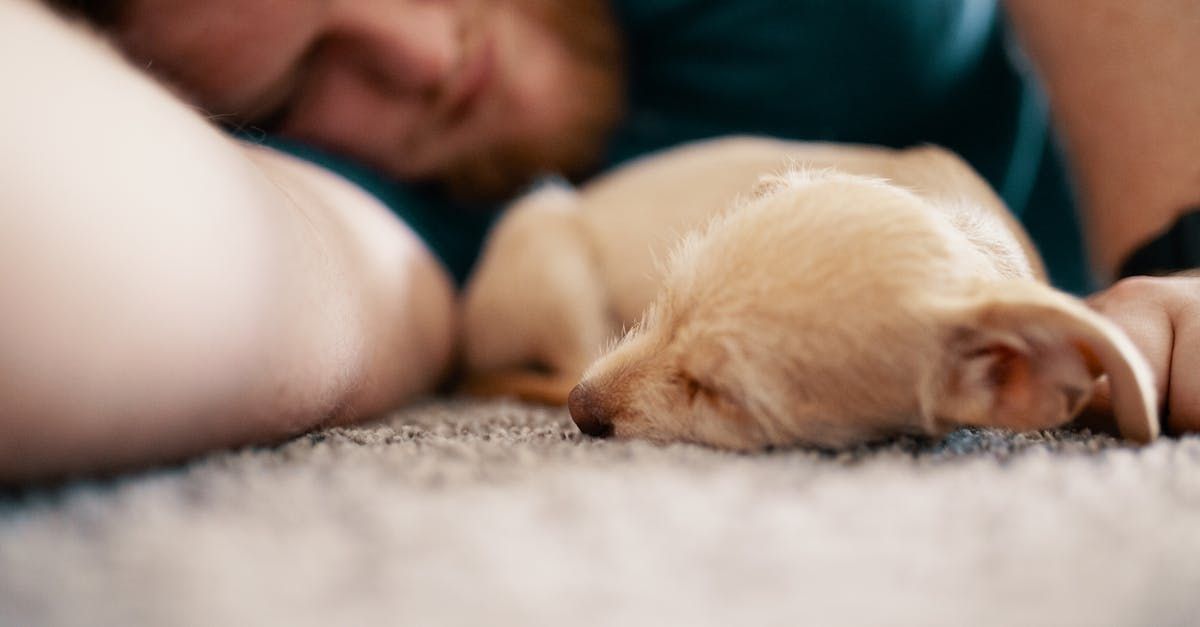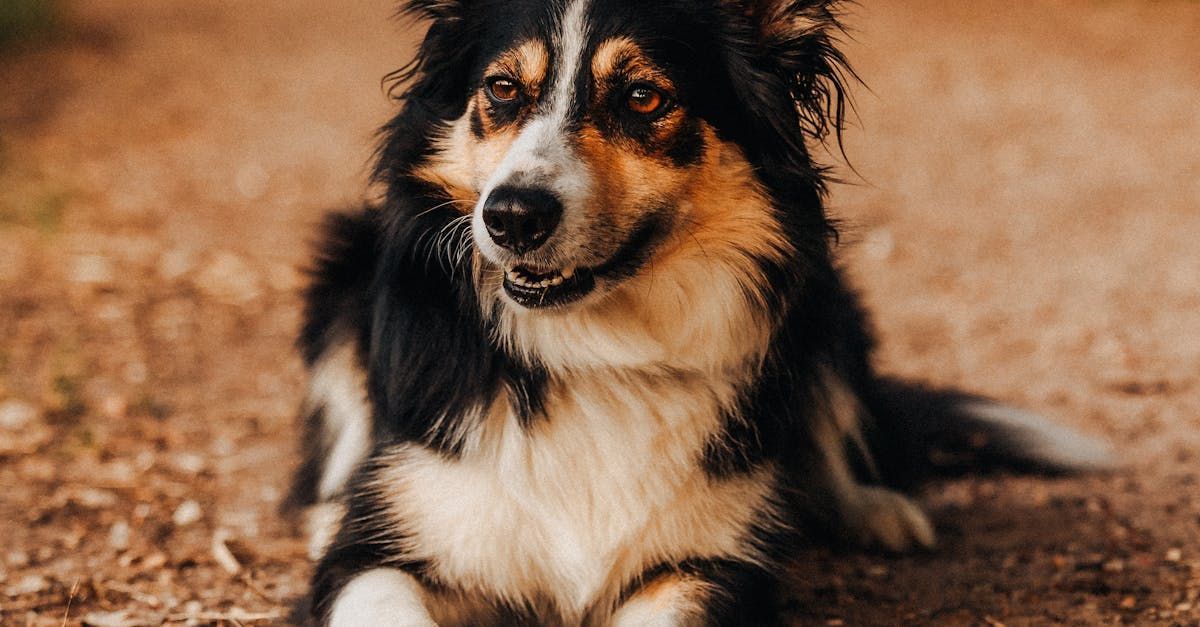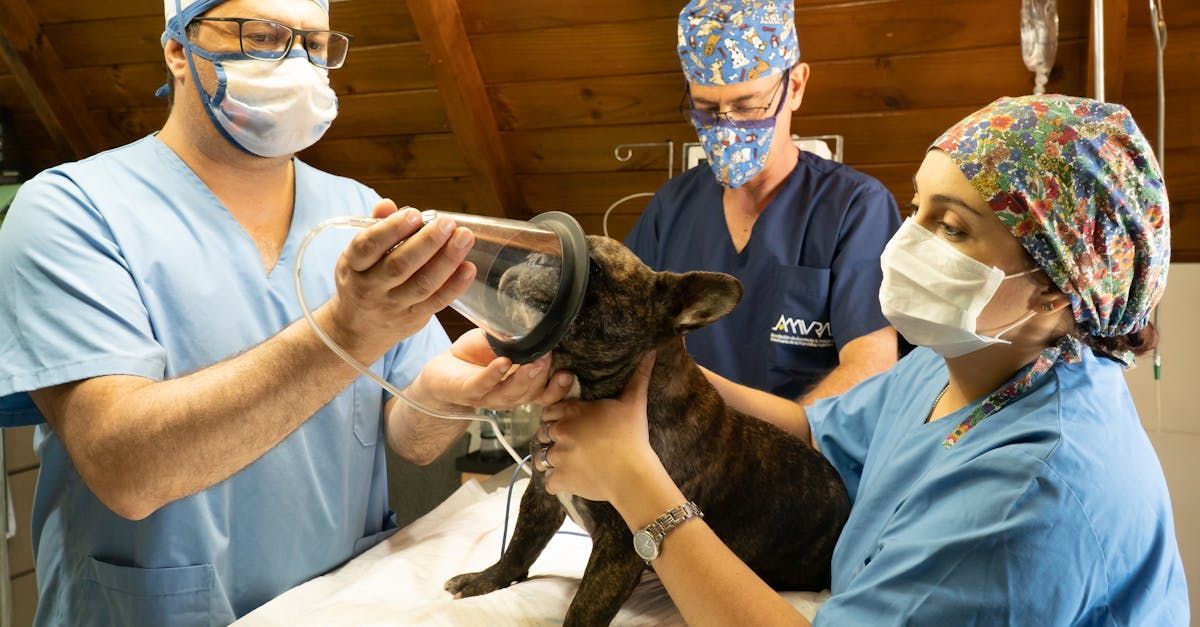Teaching Your Dog New Tricks, Training Commands and Timing.
Teaching Your Dog New Tricks: A Comprehensive Guide to Training Commands, Timing, and Rescue Training
Training your dog or puppy is a rewarding experience that strengthens your bond and ensures your furry friend is well-behaved and happy. Whether you're teaching basic commands or impressive tricks, understanding when and how to start training, as well as recognizing any pre-existing skills from rescue dogs, can make the process smoother and more enjoyable. Here’s a comprehensive guide to help you navigate the world of dog training.
Essential Commands to Teach Your Dog
Teaching your dog basic commands and tricks not only improves their behavior but also enhances communication between you and your pet. Here’s a list of essential commands and fun tricks to consider:
Basic Commands:
- Sit: One of the first commands to teach, “sit” helps with controlling your dog and establishing good behavior.
- Stay: This command teaches your dog to remain in one place, which is useful for maintaining control in various situations.
- Come: Essential for recall, “come” ensures your dog returns to you when called, enhancing safety and responsiveness.
- Down: Teaching your dog to lie down is helpful for calming them and managing hyperactivity.
- Leave It: This command is important for preventing your dog from picking up or chewing on unwanted items.
Intermediate Commands:
- Heel: Teaches your dog to walk calmly by your side, making walks more enjoyable and manageable.
- Drop It: Useful for getting your dog to release objects they’re holding, this command is great for safety and play.
- Place: Sends your dog to a designated spot, like a bed or mat, and helps in creating a structured environment.
Fun Tricks:
- Shake Hands/Paw: A charming trick that involves your dog offering their paw to shake.
- Roll Over: An entertaining trick where your dog rolls onto their back and then back to their belly.
- Play Dead: A dramatic trick where your dog lies still on their side, mimicking playing dead.
- Spin: Teaches your dog to spin in a circle on command, adding a playful element to training sessions.
- Fetch: An interactive game that encourages your dog to retrieve an object and return it to you.
When to Start Training
Puppies:
- Age: Begin training as early as 8 weeks old. Puppies are highly receptive to learning and are in a critical developmental stage.
- Focus: Start with simple commands like “sit,” “stay,” and “come.” Short, frequent training sessions are ideal to keep their attention.
- Socialization: Introduce your puppy to various people, environments, and other dogs to build their confidence and adaptability.
Adult Dogs:
- Age: Training can start at any age. While younger dogs may learn faster, adult dogs can still pick up new skills with patience and consistency.
- Focus: Address any behavioral issues and build on basic commands. Incorporate fun tricks to keep training engaging and enjoyable.
Rescue Dogs:
- Age: Training should begin as soon as your rescue dog is settled into their new home and has adjusted to their new environment.
- Focus: Address any existing behavioral issues and establish a routine. Basic commands and socialization are essential for helping them adapt.
How to Train Your Dog
Positive Reinforcement:
- Rewards: Use treats, praise, and playtime as rewards for good behavior. Positive reinforcement encourages your dog to repeat the desired behavior.
- Consistency: Be consistent with commands and rewards. Consistency helps your dog understand what is expected and reinforces learning.
Short Sessions:
- Duration: Keep training sessions short and engaging, typically lasting 5-10 minutes. Puppies and dogs can become bored or frustrated with lengthy sessions.
- Frequency: Practice commands and tricks multiple times a day to reinforce learning and keep skills sharp.
Patience and Persistence:
- Patience: Be patient and understanding. Training can take time, and every dog learns at their own pace.
- Persistence: If your dog struggles with a command, try different approaches or break it down into smaller steps.
Clear Communication:
- Commands: Use clear, distinct commands and gestures. Avoid using multiple words or phrases for the same command to prevent confusion.
- Body Language: Pay attention to your dog’s body language and adjust your training methods accordingly.
Training in Rescue Dogs
Rescue dogs may come with a variety of pre-existing skills or challenges based on their past experiences. Here’s what to consider:
Existing Skills:
- Basic Training: Some rescue dogs may already know basic commands like “sit” or “stay.” Observe their behavior to identify any skills they may have.
- Socialization: They might be familiar with social interactions or walking on a leash, but their comfort level can vary.
Behavioral Issues:
- Fear and Anxiety: Rescue dogs may have fear or anxiety due to their past experiences. Gradual, positive training methods are crucial to building their confidence.
- Trust Building: Focus on building trust and a positive relationship. Patience and gentle encouragement are key.
Medical Considerations:
- Health: Some rescue dogs may have health issues that affect their training. Consult with a veterinarian to ensure your training plan accommodates any medical needs.
Training Resources and Tools
Training Classes: Enroll in group or private training classes for professional guidance and socialization opportunities.
Books and Online Resources: Utilize books, videos, and online courses to learn different training techniques and strategies.
Training Aids: Use training aids like clickers, treat pouches, and harnesses to assist in the training process.
Conclusion
Training your dog or puppy is a rewarding journey that enhances your relationship and ensures a well-behaved companion. By starting early, using positive reinforcement, and understanding any pre-existing skills or challenges—especially with rescue dogs—you can make training a fun and successful experience for both you and your furry friend. Remember, patience, consistency, and a loving approach are the keys to successful training. Happy training!



